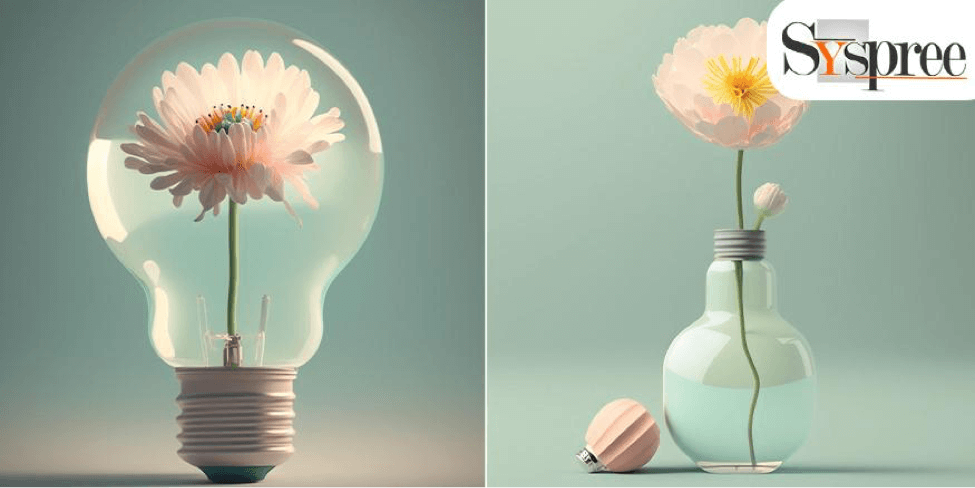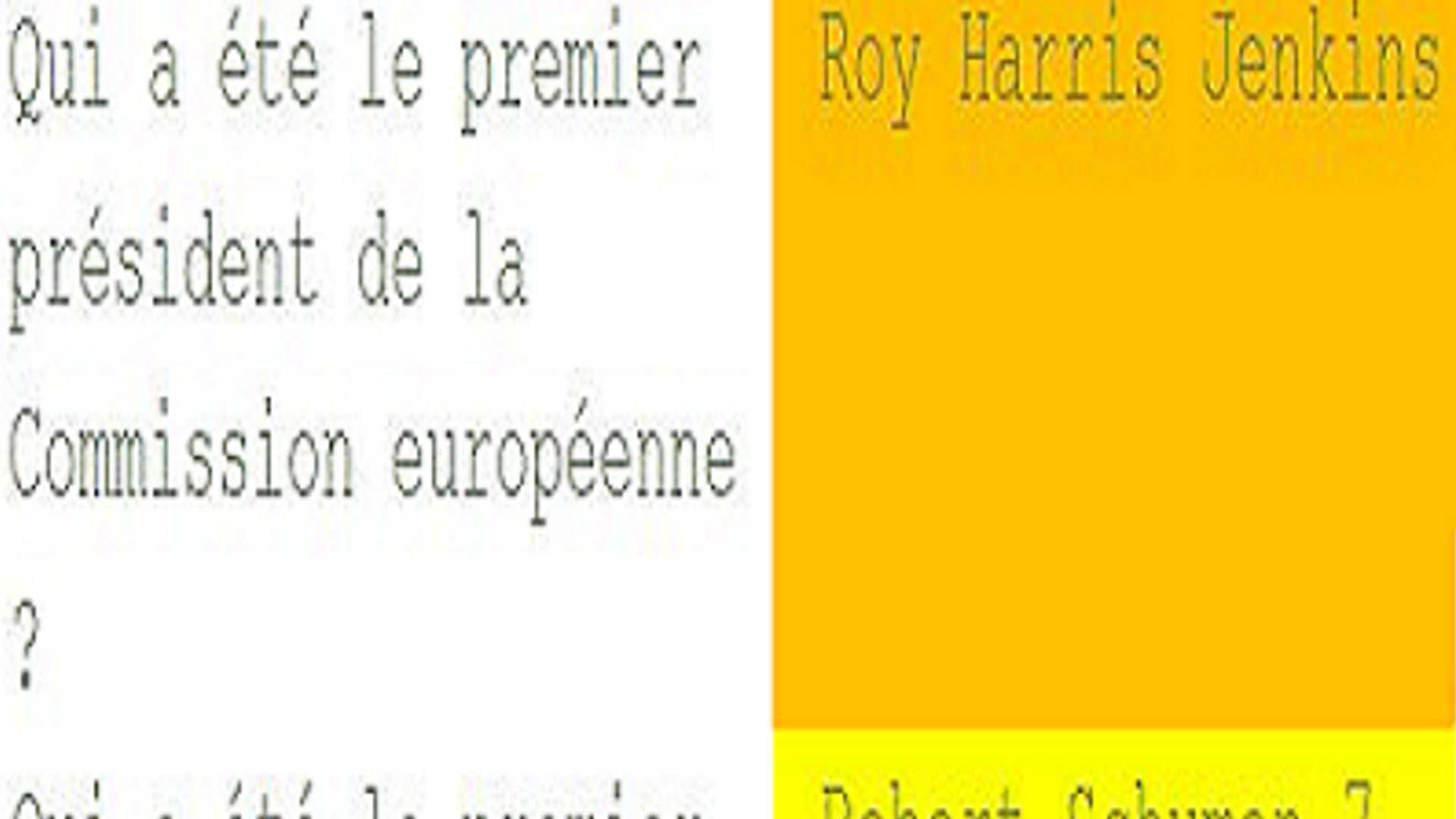AI Can't Reject Your No Good, Very Bad Idea
Yael Biran has spent the past 25 years working as an animator, specializing in colorful illustrations, movement, and understanding her clients' needs even when they can't quite articulate them. However, the rise of artificial intelligence (AI) has left her contemplating the future of her career. With AI tools becoming more prevalent, Biran has observed a decline in her workload, as clients and creative agencies are increasingly attempting to create animations in-house using AI technology.

Biran acknowledges the capabilities of generative AI models in producing high-quality content that rivals human creations. Many creative agencies have embraced AI tools to streamline their workflow and save time. However, Biran warns that the use of AI in creative processes may lead to a saturation of unoriginal and uninspired work in the film and TV industry, as AI often replicates existing art without adding new perspectives.
The Impact of AI on Visual Communication
One of the key concerns raised by Biran is the potential loss of critical thinking and creative problem-solving in visual communication. She highlights an example where an agency's attempt to create an animated film for a healthcare provider resulted in a misleading portrayal due to a lack of human insight and understanding of visual storytelling.

Visual communication relies on more than just aesthetics; it is about conveying messages effectively through images and design choices. Biran emphasizes the importance of human involvement in visual decision-making, as AI-generated content may lack the depth and subtlety needed to resonate with audiences.
The Role of Creatives in the Age of AI
While AI can undoubtedly enhance productivity and efficiency, Biran cautions against overlooking the value of human creatives in the creative process. She points out that businesses should not solely rely on AI for creative work, as it may lead to a loss of originality and emotional impact in their marketing efforts.
Looking ahead, Biran predicts a shift back towards engaging visual thinkers to collaborate with AI technologies, as companies realize the irreplaceable role of human creativity in crafting compelling visual narratives.
In conclusion, while AI offers promising advancements in content creation, it cannot replace the critical thinking and emotional intelligence that human creatives bring to the table. As the industry continues to evolve, finding a balance between AI-driven efficiency and human creativity will be essential for producing impactful and resonant visual content.
More from Bloomberg Opinion:
- AI Can Do Good by Dissuading Conspiracy Theorists: Parmy Olson
- Meta Results Best Seen Through Rose-Colored AI Glasses: Dave Lee
- Will AI Create More Fake News Than It Exposes?: Tyler Cowen




















